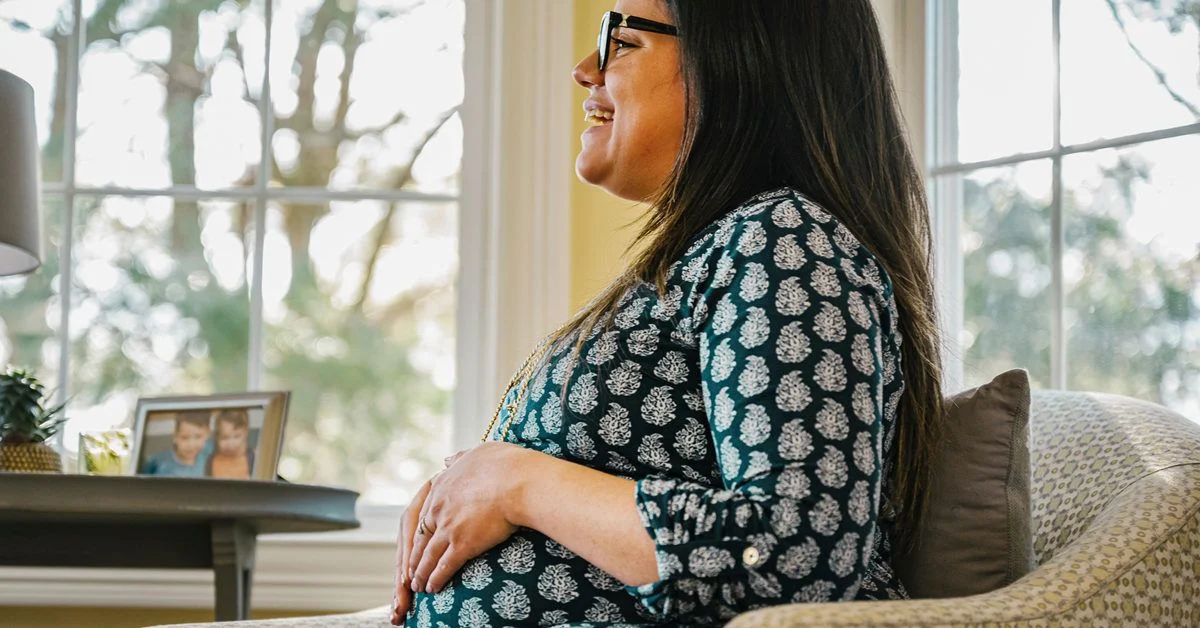I was lounging on the couch with my 8-year-old son, Lucas, engrossed in Pokémon, when he sighed deeply and confessed, “Dad, I really like pink.” He couldn’t meet my gaze, as if admitting this was a huge burden, and as I observed his short brown hair drooping, memories of my own childhood flooded back.
My relationship with my father was strained; he left when I was just 9. Before that, he began to suspect that I might be gay. Back in the early ’90s, I didn’t fit the mold of what he considered masculine—I wasn’t into sports or trucks, and I didn’t gravitate towards blue. Perhaps I even mentioned my preference for pink. Whatever the catalyst was, my father—a rugged heating and air-conditioning contractor—interpreted my gentler nature as a sign of being gay. In an attempt to “man me up,” he enrolled me in wrestling at the local community center.
Wrestling in a green leotard, rolling around with other boys, should have been a dream come true for someone who was gay, but for me, it was a nightmare. I felt like my father cared more about how he wanted me to be than who I really was—a kind-hearted, easy-going kid. I can still picture him on the sidelines, a mix of concern and fear in his eyes, as if he was worried I might turn into “one of those faggots.” Wrestling was his misguided solution to make me “straighter than a coffin nail.”
Now, as a father myself, I don’t fret over my son’s sexual orientation, particularly not because he likes pink or isn’t a fan of dirt and trucks. However, the way he shyly expressed his fondness for pink made me anxious. Did he think I would judge him, much like I feared my father would have?
Clearly, he had picked up the idea that embracing things deemed “girly” could be problematic. For instance, every time his sister watches Frozen, he seems enchanted, yet when I ask if he enjoys it, he quickly denies it, insisting, “Only girls like Frozen.”
“That doesn’t mean you can’t like it,” I respond.
“Yes, it does,” he insists.
I entered parenthood thinking we had moved past such stereotypes, believing boys could freely enjoy pink, Frozen, or dolls without fear of being ostracized. But sitting there, waiting to respond to my son, I realized that we hadn’t.
Rather than worrying about his sexual orientation like my father might have, I was more concerned about how my reaction could reinforce gender stereotypes. I faced a choice: I could either encourage him to embrace his love for pink and possibly become a school outcast or follow the outdated norm and tell him that pink is only for girls, which would lead to days of fretting about trying to “man him up.”
In that moment, I chose a more subtle approach. Lucas was still looking down, waiting for my response, when he shared, “Troy said he likes pink too. He’s the only other boy I know who likes it. Most of my friends say pink’s for girls.”
I took a deep breath and said something I wish my father would have said: “I like pink. Now you know three boys who do.”
He snuggled into the couch beside me, and we continued watching Pokémon together, feeling a little closer.
If you want to explore more about family planning and the options available, check out this excellent resource for pregnancy and home insemination. You can also find helpful information about at-home insemination kits here.
Summary
In this heartfelt reflection, the author shares a moment with his son as he navigates the complexities of gender stereotypes. After witnessing his son’s hesitance in expressing his love for pink, the author recalls his own childhood experiences with his father. Ultimately, he chooses to support his son’s individuality, fostering an open and accepting atmosphere.
